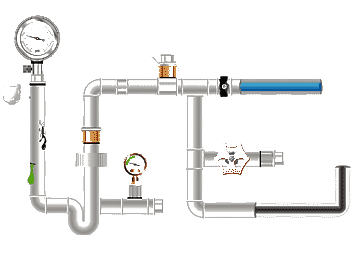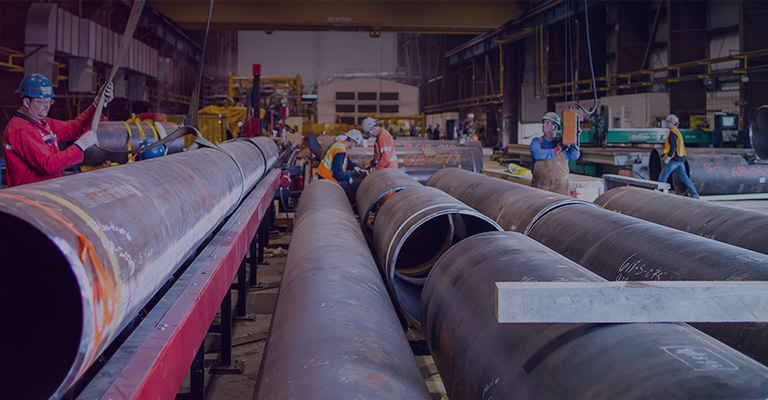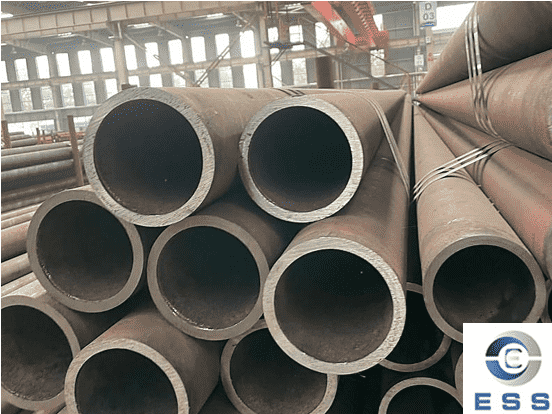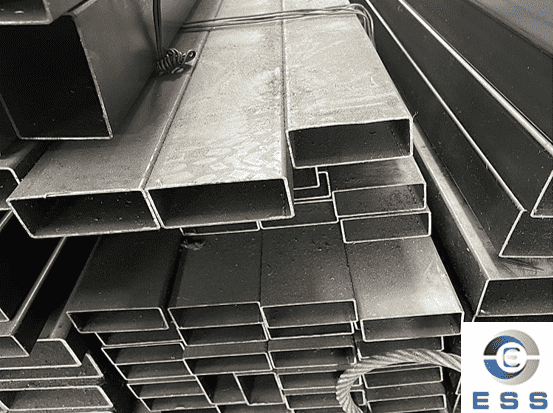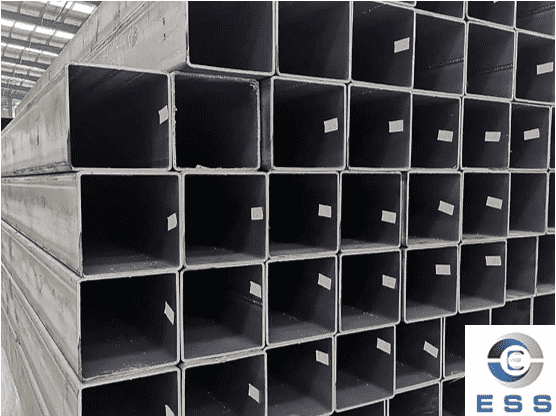The concept of perforated pup joint
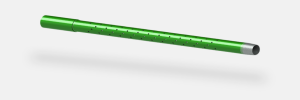
Perforated pup joint is a specially designed component with a specific hole or slot pattern to control fluid flow. These pup joint plays a vital role in various downhole applications, especially in well monitoring and flow control scenarios. Most of them are seamless pipes, which are collectively referred to as oil special pipes like drill pipe, oil pipe and casing pipe.
Perforated pup joint is commonly used in the oil and gas industry, especially in perforating operations. The material of perforated pup joint is usually the same as that of oil casing, including but not limited to the following steel grades: J55, K55, N80, L80, C90, T95 and P110. These materials can ensure that the pup joint has sufficient strength and corrosion resistance to adapt to the harsh environment in oil and gas wells.
In perforating operations, perforated pup joint may be used with perforating guns to determine the exact location of perforation. For example, in TCP perforating (tubing or drill pipe conveyed perforating process), the perforating pup joint can be used as part of the perforating string to help deliver the perforating gun to the depth of the oil layer and perform perforation after depth calibration.
In addition, the flanged pup joint, as a special type of pup joint, is usually used in conjunction with a loose flange. In highly corrosive media, the flanged pup joint can use corrosion-resistant high-grade materials such as stainless steel, while the outside is clamped with a flange ring of low-grade materials such as carbon steel to achieve sealing. This design allows for better corrosion resistance and sealing effects under different media conditions. The material selection and use of the perforating pup joint depends on the specific application requirements and operating environment to ensure the best performance and operating results.
Features and Uses
1.Structural Features
The perforating pup joint usually has one or more holes in the center or one side, which can be straight holes or inclined holes for specific purposes.
2.Discharge of cuttings
The orifice of the perforating pup joint can be used as a channel for discharging cuttings, helping to discharge the cuttings generated during drilling from the wellbore.
3.Circulating fluid
In some cases, perforated subs can be used to circulate drilling fluid or other fluids to cool the drill bit, carry cuttings, or provide formation pressure control.
4.Monitoring and testing
Perforated subs can be used to install monitoring equipment, such as pressure gauges or thermometers, to monitor real-time data downhole.
5.Special operations
In some special operations, such as acidizing, fracturing or other production stimulation measures, perforated subs can be used as part of the tool to inject operating fluid into the formation.
6.Isolating formations
Perforated subs can be used to isolate different formations and prevent cross-flow of fluids between different formations.
7.Improving drilling efficiency
By properly designing the location of the perforated sub and the size of the hole, the drilling efficiency can be improved and the circulation time of the drilling fluid can be reduced.
8.Adapting to complex formations
The design of the perforated sub enables it to adapt to the drilling needs of complex formations, such as highly abrasive formations or formations prone to collapse.
9.Connection method
The connection method of the perforated sub may be the same as other subs, such as threaded connection to ensure a sealed connection with the drill pipe or casing.
10.Materials and manufacturing
Perforated subs are usually made of high-strength steel to withstand the high pressure and loads during drilling.
11.Increased flexibility in operations
Perforated subs can be customized according to operational needs, providing more operating options and flexibility.
The design and application of perforated subs need to be customized according to specific drilling conditions and operational goals to ensure that they play the greatest role in the drilling process.









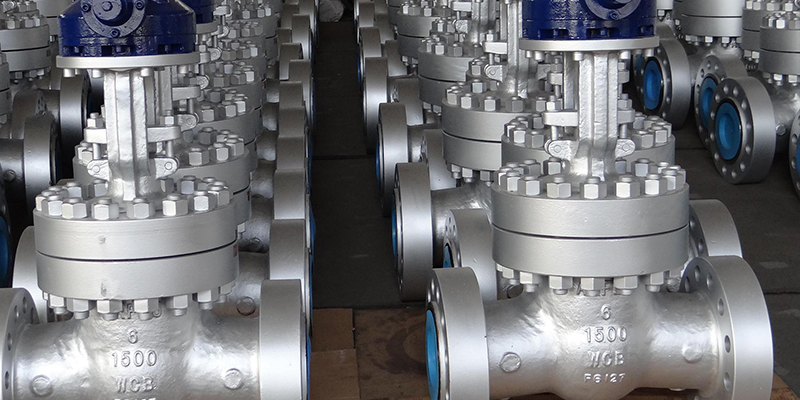
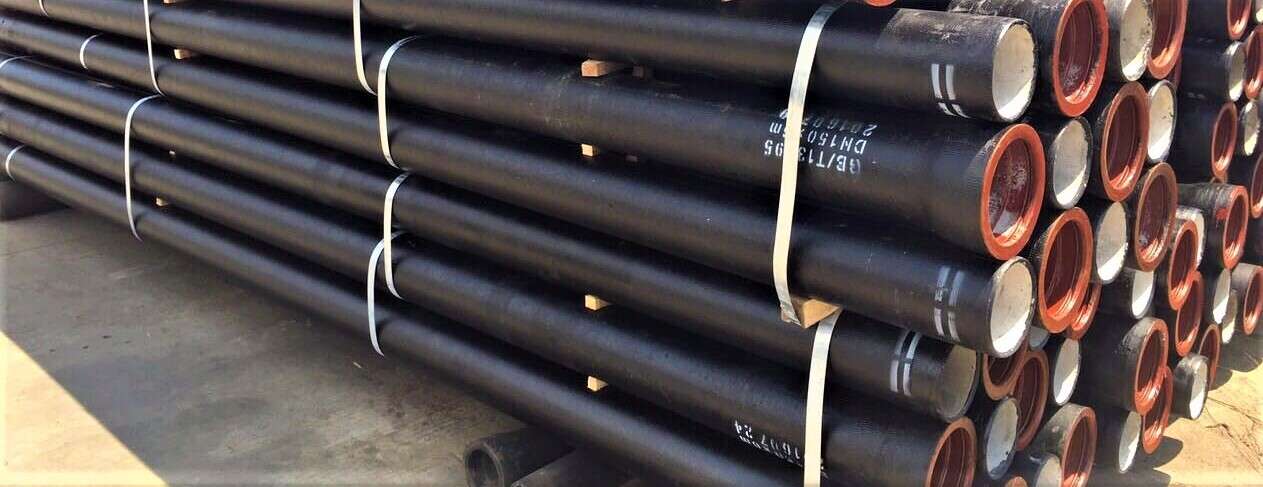


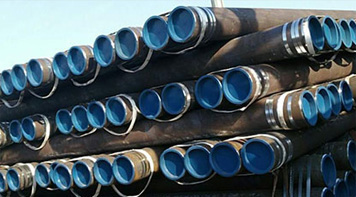 Eastern Steel Manufacturing Co.,Ltd not only improve product production and sales services, but also provide additional value-added services. As long as you need, we can complete your specific needs together.
Eastern Steel Manufacturing Co.,Ltd not only improve product production and sales services, but also provide additional value-added services. As long as you need, we can complete your specific needs together.
